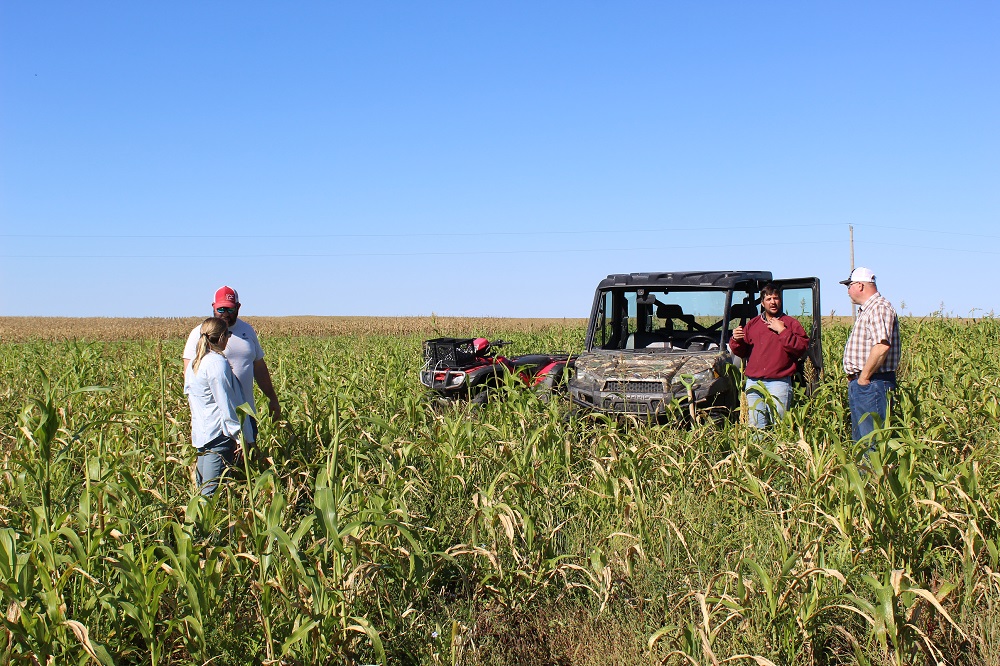Increased soil health in the Prairie Pothole Region enhances the management of water in a landscape that is prone to both drought and flooding. Promoting practices that benefit soil health (e.g., increased perennial species, reduced tillage, increased crop diversity, cover crop utilization, and livestock integration) increases diversity on the landscape, reduces crop input requirements like fertilizer and pesticide, enhances livestock opportunities in grassland and cropland systems, and retains prairie pothole wetlands that are critically important for hundreds of wetland-dependent species.
Further, these practices diversify agricultural income streams and improve sustainability and soil regeneration on working farms and ranches. Soil health improvements benefit water quality by developing soil structure, soil aggregates, and increased porosity. Simply put, healthy soil absorbs water like a sponge and stores that water for longer durations, as increased organic matter increases water storage capacity. This process reduces runoff and erosion, leading to fewer fertilizers accumulating in downstream environments. Soil health practices also reduce wind erosion, which can translocate sediment laden with phosphorus into depressional wetlands and other aquatic environments.
Through a partnership with the National Fish and Wildlife Federation (NFWF), DU conservation staff will reach out to farmers and ranchers across eastern South Dakota to prescribe soil health principles and associated practices based off on-site soil data analysis. DU and partners like the Roberts Conservation District will target producers within the identified geography of the Mississippi River Basin Healthy Watersheds Initiative (MRBI), prioritizing the Upper Minnesota River Watershed (UMRW) in northeast South Dakota. DU will identify opportunities to sample soils with additional seasonal technician staff funded through NFWF.
The goal is to sample 50,000 acres of croplands and grasslands over three years using a variety of soil tests such as Haney tests, phospholipid fatty acid tests (PLFA), bulk density tests, infiltration tests, and others. Soil samples will be sent to off-site laboratories for analysis, and DU agronomists will translate the results of the soil-health focused analyses to the producer and identify opportunities to improve soil with various soil health practice recommendations. DU staff and partners will also help identify opportunities for financial assistance through Farm Bill programs like the Regional Conservation Partnership Program (RCPP), Environmental Quality Incentives Program (EQIP), or Conservation Stewardship Program (CSP).
Linking soil health practice recommendations and results with real on-site data can provide a unique opportunity to increase long-term retention of soil health practices and improve the management of water on working lands in South Dakota. By linking management to data and profit analyses, long-term management plans can identify net positive financial returns. At the same time, soil health improvements will also increase water infiltration into the soil and reduce total input requirements to grow crops, thereby reducing runoff and accumulation of nutrients in downstream aquatic environments.

